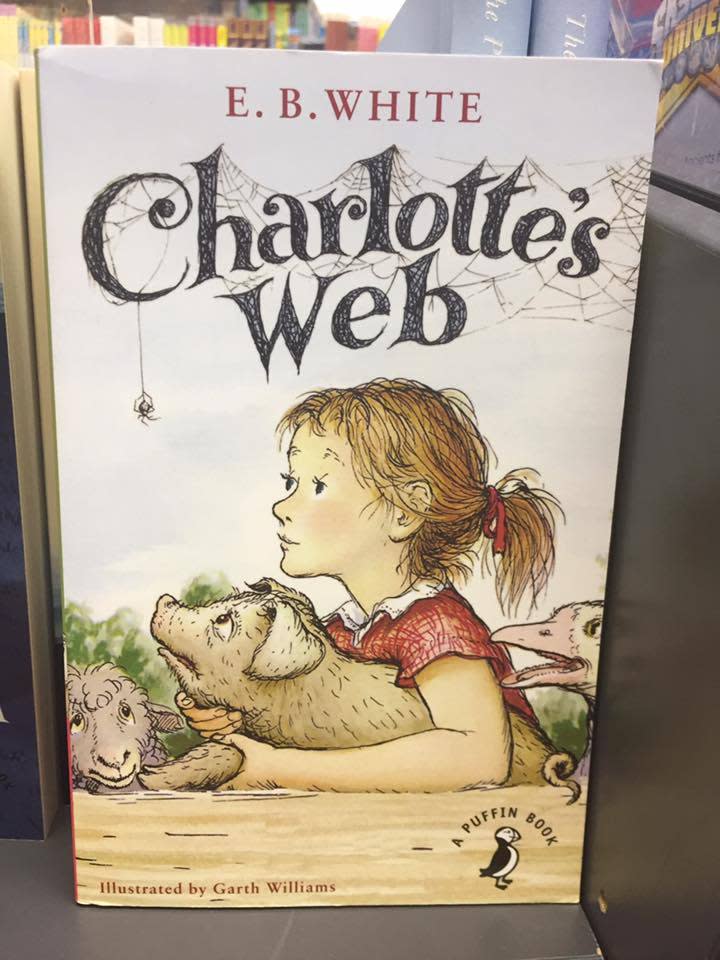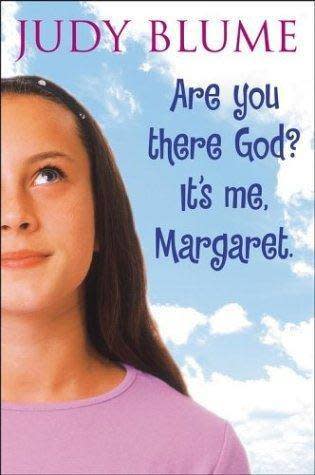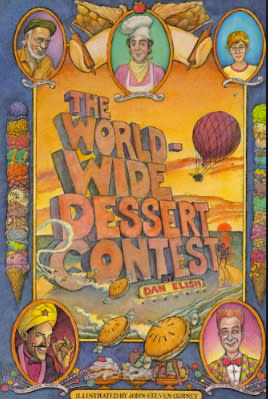5 simple ways to get your primary school child to read
by Marcus Goh and Adrian Kuek
Grade Expectations is a weekly feature on education in Singapore. Expect fun activities, useful tips and insightful news on learning. It’s not just about your child’s grades — it’s about raising a great child!
You can do as many grammar exercises and memorise as many word lists as you want, but nothing trumps a habit of reading when it comes to improving your English. But in this age of social media, mobile games and bite-sized articles, how do you get your child to develop a love for the written word?
For a start, your child must develop a habit of reading. Reading doesn’t have to be a chore - follow these five baby steps (or primary school steps) and you may soon find your child reaching for a book instead of his or her mobile phone.

Charlotte’s Web by E.B. White
1. Ask your child to carry a book around
Queueing and waiting are an inevitable part of life in Singapore. So rather than frittering away those pockets of time, why not take out a book to read? Have your child carry a book around so that it’s convenient for them to reach for it whenever they’re waiting. Soon enough, you’ll see them pulling out a new book rather than their mobile phone whenever they’re free. Alternatively, you could help them download e-books on their phones for added convenience.

Are You There God? It’s Me, Margaret by Judy Blume (Reading To Distraction Facebook Page)
2. Let them read at their own pace
Nothing kills passion faster than strict, inflexible goals. Don’t force your child to read “at least X pages every week.” Instead, let them finish the book at their own pace. They might read half the book in one week, but only two or three pages the next. That’s perfectly fine, since real life doesn’t follow such a regimented structure. You can give them a gentle reminder now and then to continue their book, but otherwise, let them read whenever they like.

The Diary of Amos Lee series by Adeline Foo
3. Set aside time everyday to read
You must show your children that you consider reading to be just as important as their other academic pursuits. Whenever you’re serious about a subject or skill, you’ll ensure they have time to attend class or practice. So it should be the same when it comes to reading. Carve time for daily reading, starting with as little as 15 minutes a day just before bed time. If they continue reading for more than 15 minutes, you know you’ve done your job! Just make sure they don’t sleep too late because they’re reading.

The Faraway Tree series by Enid Blyton
4. Let them choose their own titles
Give your children some autonomy and let them choose their own favourites. They might not be attracted to Charles Dickens or Enid Blyton, but they might pick up Judy Blume or even Michael Crichton. As long as the subject matter is suitable for their age, there’s no harm in letting them read titles that aren’t considered literary classics. Remember that the goal is to start a habit of reading - selecting genres for them can come later.

The Worldwide Dessert Contest by Dan Elish (The Seagull Facebook Page)
5. Don’t be afraid to let you child quit a book if they don’t like it
Not every book will appeal to every child and sometimes you just have to acknowledge that a book isn’t working out for your child. That doesn’t mean they won’t like other books though! Give your child the permission to abandon a book if they don’t like it after the first three chapters, so that reading doesn’t become a painful task for them. As long as they’re trying out new books, they’re still cultivating the habit of reading. And that’s what matters.
Reading will set your child on an effective learning path
It might not be as exciting as a game or movie with the latest cutting-edge graphics, but reading stimulates the imagination and broadens your horizons like nothing else can. It exposes you to new sentence structures, different words and varied styles, but in a passive and gentle way, so it doesn’t feel like studying. Few habits improve English like a good book, so try out these tips and watch your child’s love for reading flourish.
If you’re not sure where to begin, here are some good books that started us on reading all sorts of fiction.
Fantastic books and where to buy them
Are You There God? It’s Me, Margaret by Judy Blume
The Diary of Amos Lee by Adeline Foo (”The Diary of Amos Lee: I Sit, I Write, I Flush” is the first book)
The Magic Faraway Tree by Enid Blyton (“The Enchanted Wood” is the first book)
The Worldwide Dessert Contest by Dan Elish
Marcus Goh runs Write-Handed, a creative writing studio. At the same time, he teaches and writes curriculum for English and Literature for Secondary at The Keys Academy. He has been a specialist tutor for English and Literature (Secondary) since 2005.
Adrian Kuek runs Joyous Learning, an enrichment centre that specialises in English, Mathematics, Science and Creative Writing for Primary. He previously served as the academic director of one of Singapore’s largest enrichment centre chains for over seven years.

